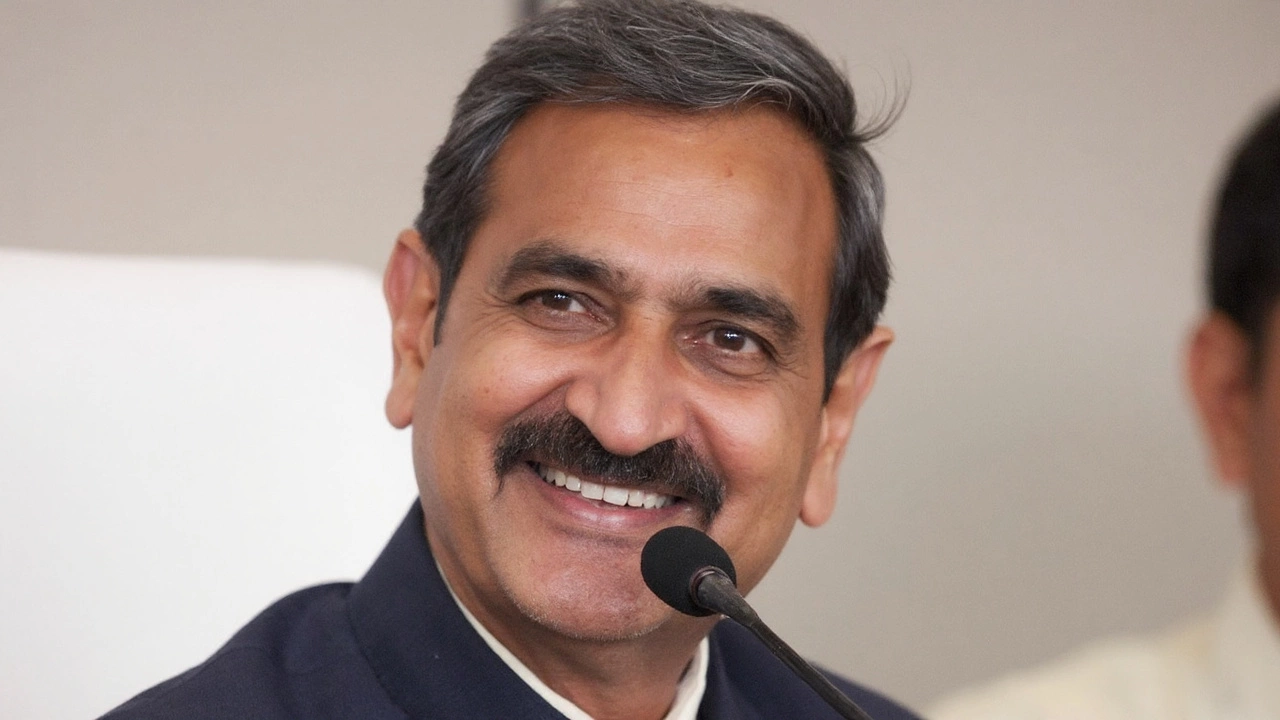State Debt Explained: Simple Facts You Need
Ever wonder why you hear about "state debt" on the news? It’s basically the money a state government owes after it spends more than it collects. Think of it like a personal credit card balance, but for a whole state.
When a state needs money for schools, roads, or health care, it can either raise taxes or borrow. Borrowing lets the state get cash now and pay it back later with interest. That’s where debt comes from.
Why States Borrow
Most of the time, borrowing helps a state cover big projects without raising taxes abruptly. A new highway, a hospital, or an emergency relief effort can cost billions. By issuing bonds, the state gets the cash today and spreads the cost over many years.
Borrowing can also smooth out revenue hits. For example, a drought might cut agricultural income, so the state can borrow to keep services running until the next good season.
How State Debt Affects You
Higher debt means more interest payments. Those payments come out of the state budget, which could otherwise fund schools or parks. So you might see slower growth in public services if debt gets too high.
On the flip side, well‑managed debt can lead to better infrastructure, which can create jobs and improve daily life. The key is balance – too much debt can lead to higher taxes or reduced services later.
Most states follow a debt limit set by law or a fiscal rule. That limit helps keep borrowing in check. If a state exceeds the limit, it may need to get voters’ approval for new bonds.
Paying off debt works like a mortgage. The state makes regular payments that cover both interest and a portion of the principal. Over time, the balance shrinks, but it can take decades.
If you’re curious about your own state's debt, check the annual financial report on the state’s official website. It usually lists total debt, debt per capita, and the types of bonds issued.
In short, state debt is a tool. Used wisely, it funds the things that keep a community moving. Misused, it can strain budgets and lead to higher taxes. Knowing the basics helps you understand the news and the choices your state leaders make.
Himachal Pradesh Revives Lottery to Tackle Rs 1 Lakh Crore Debt Crisis
Facing a staggering Rs 1 lakh crore debt, Himachal Pradesh plans to bring back its state lottery after a 26‑year ban. The cabinet expects the digital lottery to pull in Rs 50‑100 crore yearly, mirroring successes in Kerala, Punjab and Sikkim. Opposition parties warn of social risks, while the ruling Congress argues the move is a necessary fiscal lifeline amid shrinking central grants.
- Sep, 23 2025
- 0 Comments
